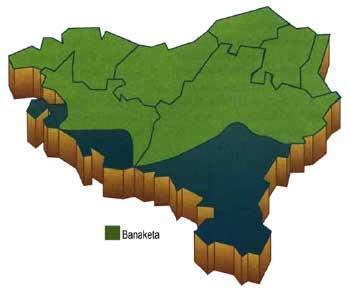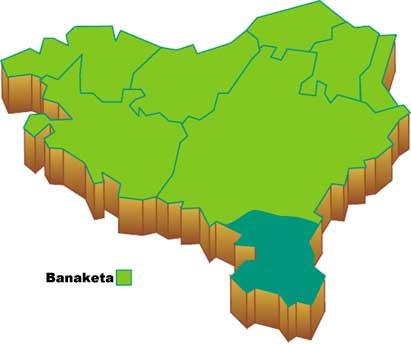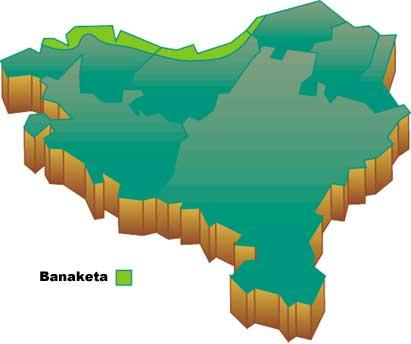Carnivorous plants
2000/11/05 Kortabarria Olabarria, Beñardo - Elhuyar Zientzia
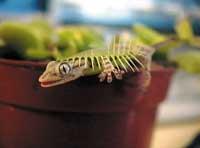
Carnivorous plants attract, trap and devour living beings. In case of having them at home, these plants should be kept inside the house, as they require strict temperature and humidity conditions to live. According to experts, carnivorous plants are found in greenhouses of taste.
Carnivorous plants live by the consumption of small insects and not by chance. There are no machines without power. Most beings (if not all) receive from the Sun the energy they need. Plants also use the luminous energy of the Sun to create and live life. Through the photosynthesis process, plants convert carbon dioxide from air into organic matter. This energy that is stored in plants (they are already used to complete their work in carbohydrates, proteins, lipids…). All other foods, including minerals, inorganic, are extracted from the soil. When the soil is poor, when the plant does not have the food it needs, the plant cannot complete its life cycle and dies. Carnivorous plants have to grow in this state.
In nature, this type of vegetation usually occurs in lake areas. The land of the lakes is in itself quite poor, has little nitrogen, and only with it plants can not produce all the proteins necessary to live. Therefore, carnivores have had to adapt to this situation in evolution. To obtain proteins they have not found better solution than eating meat, that is, insects, crustaceans, arachnids, etc. However, if plants that feed on small insects occur in areas where the earth is rich, they can complete their life cycle without ingesting insects.
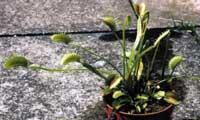
To obtain food, carnivorous plants use various techniques. Some serve attractive colors for hunting, others smell, others get food with sticking substances, etc. They are normally very slow moving plants, but there are exceptions. Plants of the genus Utricalaria, for example, are very fast, they can capture insects in less than a second. Carnivorous plants are found on all five continents, but especially in wet areas. However, they can also be found in dryers. For example, the plant of Drosophyllum Lusitamicum grows in dry places and disperses its roots through the subsoil to get the water it needs. Except for exceptions, water is essential for carnivorous plants. No to any water! While something else can be thought of as seen in science fiction films, these plants are very sensitive. Therefore, they need very clean, natural, chlorine-free water.
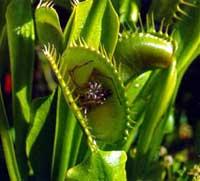
Perhaps the best known of carnivorous plants is the genus Dionea. These plants grow in wetlands. At the edge of its leaves are hairs that form a structure similar to the jaws. When a being touches any of these hairs, the leaves of the plant close and catch what is inside. At that time the plant begins to eat, releases juices and makes digestion. The leaves reopen after digestion ends, after a couple of weeks. In addition to the insects they catch, plants of the genus Dionea can eat other things, such as cheese, egg white or small portions of meat, but it will not take foods that it cannot digest. Catch them, but release them immediately. After 3 to 4 times, the prey leaf slows down.
The plants of the genus Dionea have a great success among plant lovers, and if it is fashionable, they are Dioneak. They are sold as very small bulbs and planted in a very fine peat. For the plant to be at ease, the temperature should always be between 10 and 30 degrees Celsius. You have to give a lot of water to Dionea, but there is no chlorinated water. Rainwater is preferably used, although distilled water may not be used when possible. Dions also need a lot of light. Therefore, it can also be placed in solar boilers, but it should be noted that a temperature above 37 degrees is not recommended. Its flowers come out in December. They have a starry shape and five white petals. If put in the sun, the inside of the leaves turns red and red. The older leaves turn black with the arrival of autumn. The imagination has created large hungry vegetable carnivores capable of eating both animals and humans. But there's no need to worry, you can go to the store and quietly buy some carnivorous plant or Dionea, because there are no such giants in reality.
Published in 7

Gai honi buruzko eduki gehiago
Elhuyarrek garatutako teknologia



